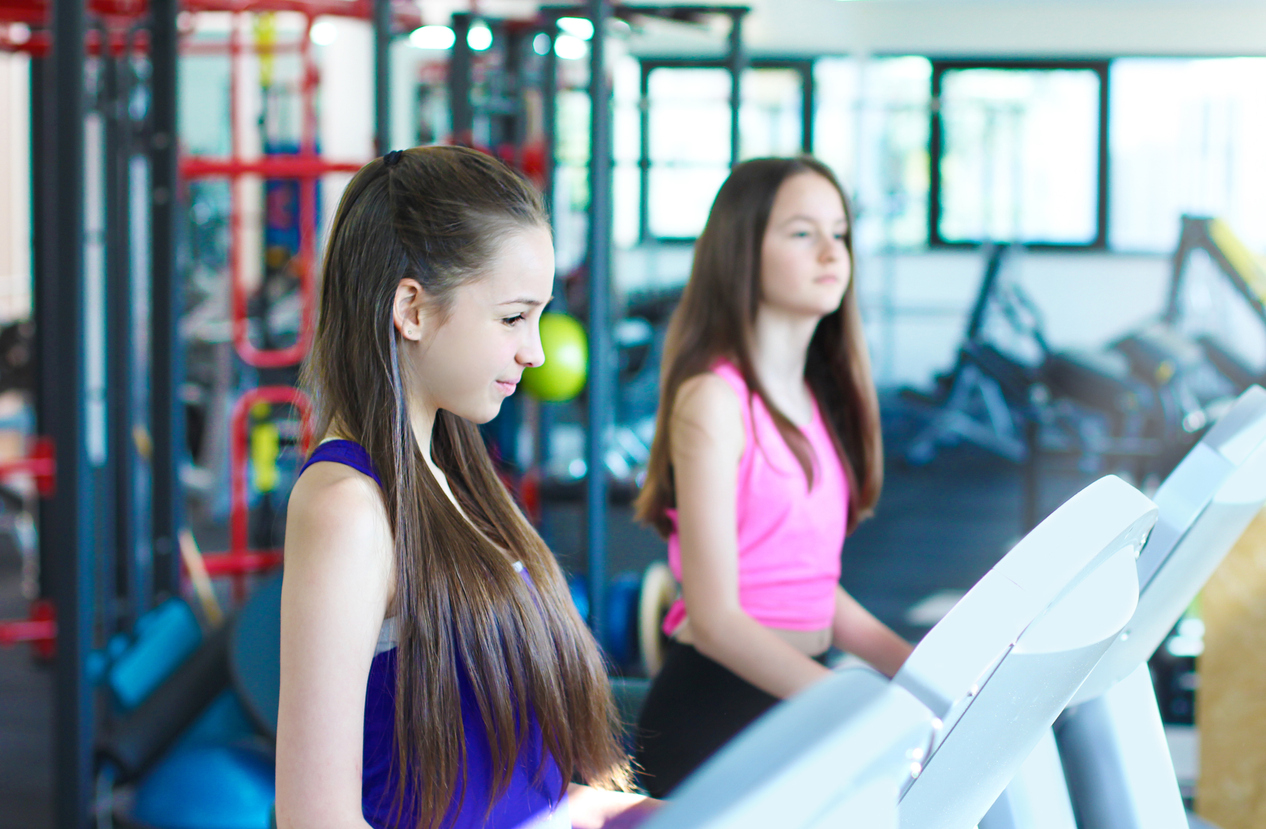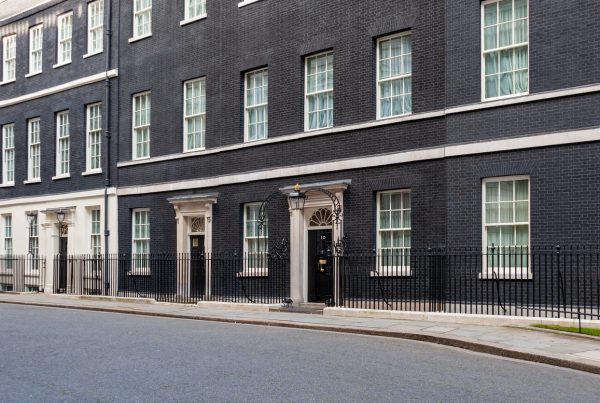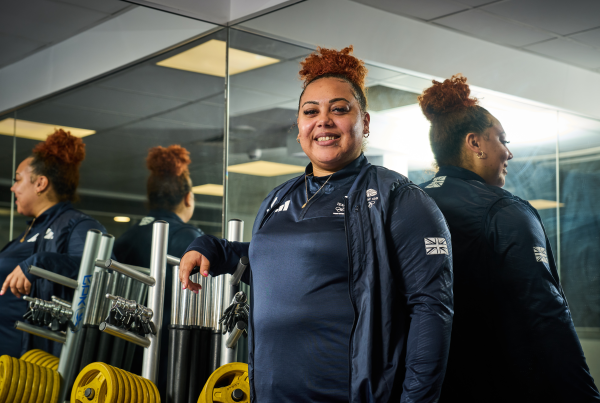Joint statement from the National Sector Partners Group
New numbers from Sport England show that over half of our children and young people are not meeting the minimum recommended levels of daily activity, set by the Chief Medical Officer to maintain health.
This year’s Active Lives Children and Young People Survey shows widening inequalities based on gender, geography, ethnicity and affluence.
Girls and children from less affluent families are still less likely to be active than boys and those from more wealthy families, and the gap between activity levels among Black and Asian children and White children has widened over the past five years.
Early intervention of physical activity which build positive habits and experiences has the power to change lives, increase population health, and set children and young people up with the best opportunity to thrive – yet over half our children, and crucially in majority those who need it the most, are not being given enough of a chance. Further, while numbers show that active children are happier and less lonely on average, last year we lost over 4000 hours of Physical Education in our curriculum and we are facing a youth mental and wellbeing crisis.
There are some positive trends with a significant increase in children and young people participating in gym and fitness activities, as well as more girls playing football, which shows that directed investment and working with the sector reaps rewards.
And we know that though we are overall a very inactive nation compared to European neighbours, we are nearly the most efficient national sector where it comes to maximising investment.
Get Active, the Government’s new strategy for sport and physical activity set ambitious targets for increasing activity levels, but current systems are not functioning to enable a good start in life for all children.
We need to reimagine how we approach activity at all levels, and put activity at the heart of schools, our communities, and government priorities, otherwise we will fall short of those targets and will be putting the next generation at risk.
Current and future governments have an opportunity here to be more ambitious and work with our sector already to unlock the power of being active for young people and shift the dial on activity, health and wellbeing. Our sector stands ready to work with leaders and government to make this a reality.
Huw Edwards, CEO of ukactive, said: “Supporting the physical, mental and social wellbeing of children and young people in the UK unites our sector.
“These are alarming numbers and Sport England’s Active Lives survey shows that children’s activity levels are not where they should be, with over half (53%) of children failing to meet the Chief Medical Officer’s recommended guidelines for completing 60 minutes or more of sport or physical activity a day.
“Furthermore, the Government and its agencies need to acknowledge that where there are positive trends developing, these services need to be prioritised with the right focus and support to try and turn these numbers around. A clear example would be that activity among children and young people within our gyms and fitness facilities has seen the most significant increase. Participation in these settings has more than doubled in the past five years, with 908,000 more young people taking part compared to 2017-18.
“The positive trends in keeping active in leisure settings is clear, with 26% of children also engaging in swimming activities, showing that gyms, pools and leisure centres are becoming more important in improving children and young people’s activity levels.
“We look forward to working with the Government, Sport England and our sector partners to ensure we maximise the potential of our sector to ensure every child achieves their potential.”
ukactive has guidance on children and young people in leisure facilities, which is available for operators here.
About the National Sector Partners Group
This release is issued on behalf of a coalition of lead representative bodies from across the sport, recreation and physical activity sectors:
- Active Partnerships
- Chartered Institute for the Management of Sport and Physical Activity (CIMSPA)
- Sport for Development Coalition
- Sport and Recreation Alliance
- ukactive
- Youth Sport Trust
Through our collaborative work as sector partners, we aim to engage decision makers to improve the operating landscape for the sector and embed sport, recreation and physical activity as a key contributor to wider public policy objectives.
As part of wider work through the National Sector Partners Group (NSPG), we recently published Unlocking the Potential which sets out how sport, recreation and physical activity can be integral to successfully delivering a number of key Government priorities including Levelling Up, driving economic growth, achieving Net Zero and supporting the NHS. The report also proposes a range of systemic interventions including access to investment, tax and regulatory changes and wider policy reform which the coalition believes are key to maximising this role.

More People More Active More Often




